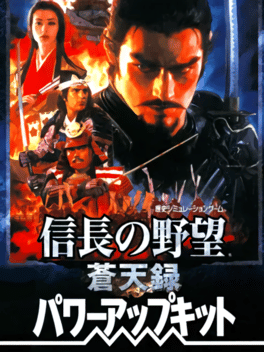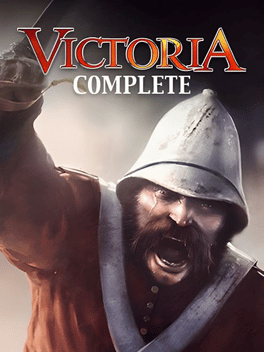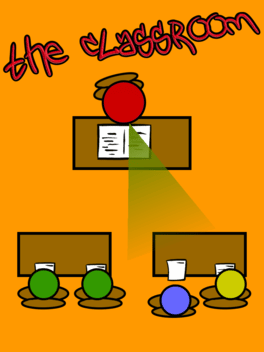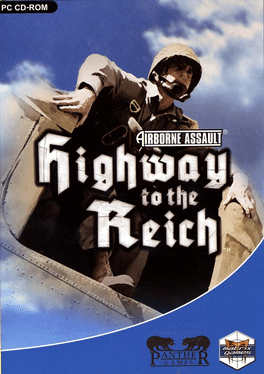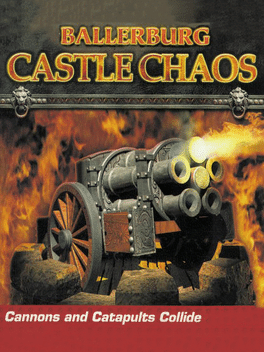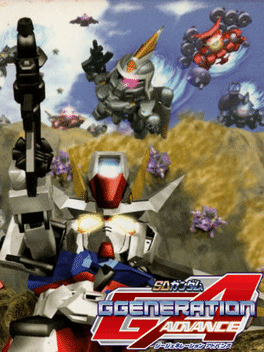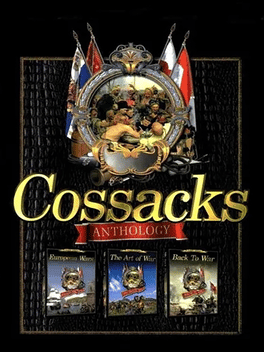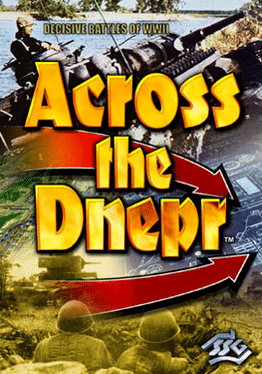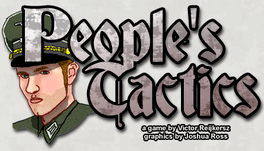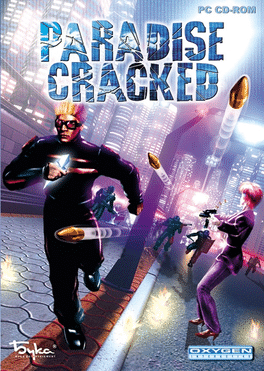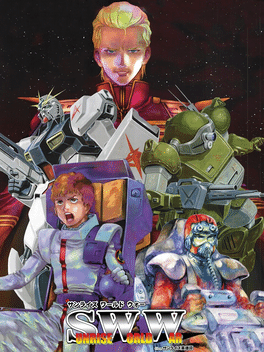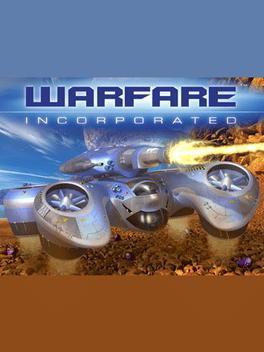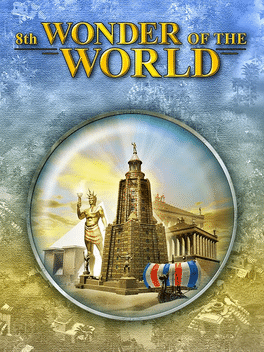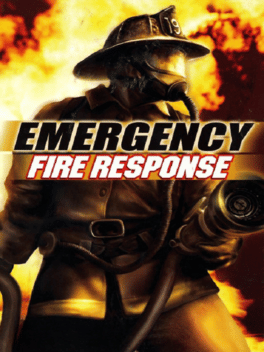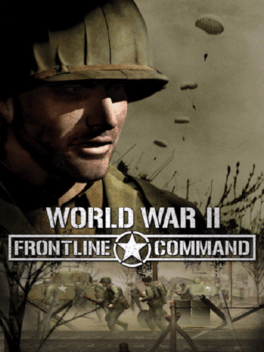New Strategy Games - Page 167
-
Victoria Complete
2003
Victoria Complete
2003
Carefully guide your nation from the era of absolute monarchies in the early 19th century, through expansion, colonization and social upheaval, to emerge as one of the great world powers by the dawn of the 20th century in Victoria Complete. Gather the wealth and strength required to stay ahead of your enemies, gain invaluable prestige and honor, and reform the nation into a free democracy. Or, drive your people down the grim road of tyranny, corruption, and anarchy... -
The Classroom
2003
The Classroom
2003
In The Classroom, the player controls a high school student called Alex who is in his last ten days of school and has to take an exam on each of those days. However, Alex does not study and would rather risk cheating to perform well in his exams. In each of the ten levels in the game, the player must fill their cheat meter completely by moving next to smart students (who are represented by yellow circles) and holding the left mouse button. -
Airborne Assault: Highway to Reich
2003
star 6The second game in the Airborne Assault series drops the player into World War II's Operation Market Garden. -
Ballerburg: Castle Chaos
2003
Cannons and catapults collide in this strategy/action game. Castles crumble to the ground in magical siege warfare. Protect your kingdom and conquer you opponents in explosive one-on-one action. Only the strong will survive. -
SD Gundam G Generation: Advance
2003
Another title in the SD Gundam G Generation franchise. This game follows the system of the Wonderswan G-Gen games, and features a crossover plot. -
Victoria: An Empire Under the Sun
2003
star 6.8Carefully guide your nation from the era of absolute monarchies in the early 19th century, through expansion, colonization and social upheaval, to emerge as one of the great world powers by the dawn of the 20th century in Victoria. Gather the wealth and strength required to stay ahead of your enemies, gain invaluable prestige and honor, and reform the nation into a free democracy. Or, drive your people down the grim road of tyranny, corruption, and anarchy... -
Cossacks Anthology
2003
Cossacks Anthology
2003
An anthology of the Cossacks game series, which includes: Cossacks: European Wars Cossacks: The Art of War Cossacks: Back to War -
Decisive Battles of WWII: Across the Dnepr
2003
An expansion pack to the strategy game Decisive Battles of WWII Vol 2: Korsun Pocket. It focuses around the military conflict known as Operation Barbarossa. -
People's Tactics
2003
-
Paradise Cracked
2003
Paradise Cracked
2003
star 8.1For many years the world had suffered from overpopulation and ecological destruction, until the leading scientists created CyberBrain - a supercomputer that solved all the global problems and turned the overpopulated and polluted Earth into Paradise. You are a young hacker. Once, while in cyberspace you managed to break into a secured area and came across a series of strange data packets. You hurriedly copied these to disk, not even having the time to read their contents. Only a few minutes later you hear a police siren, followed by banging on the door and demands to open up... -
Sunrise World War
2003
Sunrise World War
2003
Sunrise World War is a Strategy video game published by Bandai, Sunrise Interactive released on September 25th, 2003 for the Sony PlayStation 2. -
Warfare Incorporated
2003
Warfare Incorporated
2003
star 8.3Warfare Incorporated is a real-time strategy game, released in 2003. It was developed by American studio Spiffcode and published by Handmark. In 2014 the game became open-sourced and freeware under the name Hostile Takeover. -
Doubutsu no Shima no Chobi Gurumi
2003
Doubutsu no Shima no Chobi Gurumi is a Miscellaneous game, developed by AI and published by Rocket Science Games, which was released in Japan in 2003. -
Cultures: 8th Wonder of the World
2003
star 6Cultures - 8th Wonder of the World takes place some years after the end of Cultures - Northland. The renowned hero Bjarni and his friends, retired after their last adventure and enjoyed their day-to-day lives. This peace was not meant to last as one day the powers of darkness and evil slowly began spreading all over the world. The greatest heroes of the past were summoned. The people cried out to our friend Bjarni, who immediately set out to save mankind from the clutches of doom and misfortune once again. The destiny of Bjarni’s people, and with them the destiny of all humanity, now lies in your hands. You must solve the mystery surrounding the 8th Wonder of the World with your heroes and banish evil from the Earth! -
Kawaii Koinu Mini: Wanko to Asobou!! Kogatainu
2003
Nakayoshi Pet Advance Series 4: Kawaii Koinu Mini - Wanko to Asobou!! Kogatainu is a Strategy game, published by MTO, which was released in Japan in 2003. -
Emergency Fire Response
2003
Command a team of elite firefighters as they are dispatched on missions to save lives and property from blazing infernos in locations including warehouses, apartments, banks, and chemical plants. -
World War II: Frontline Command
2003
star 7.6World War II: Frontline Command begins by dropping you into Europe to disrupt the entrenched Axis forces before D-Day. From that point on, it's up to you to take command of your forces to turn the tide of Axis aggression by conquering important areas using authentic infantry, vehicles, and weaponry. You can play 25 single-player missions or challenge up to four of your friends through a local area network or over the Internet. Develop your own combat strategies, but remember to keep your soldiers' morale high so that they are more willing to perform heroic actions. -
Naruto: Shinobi no Sato no Jintori Kassen
2003
This game was released only in Japan. The gameplay is similar to a strategic board game. The purpose of the game is to occupy the opponent's home base.
